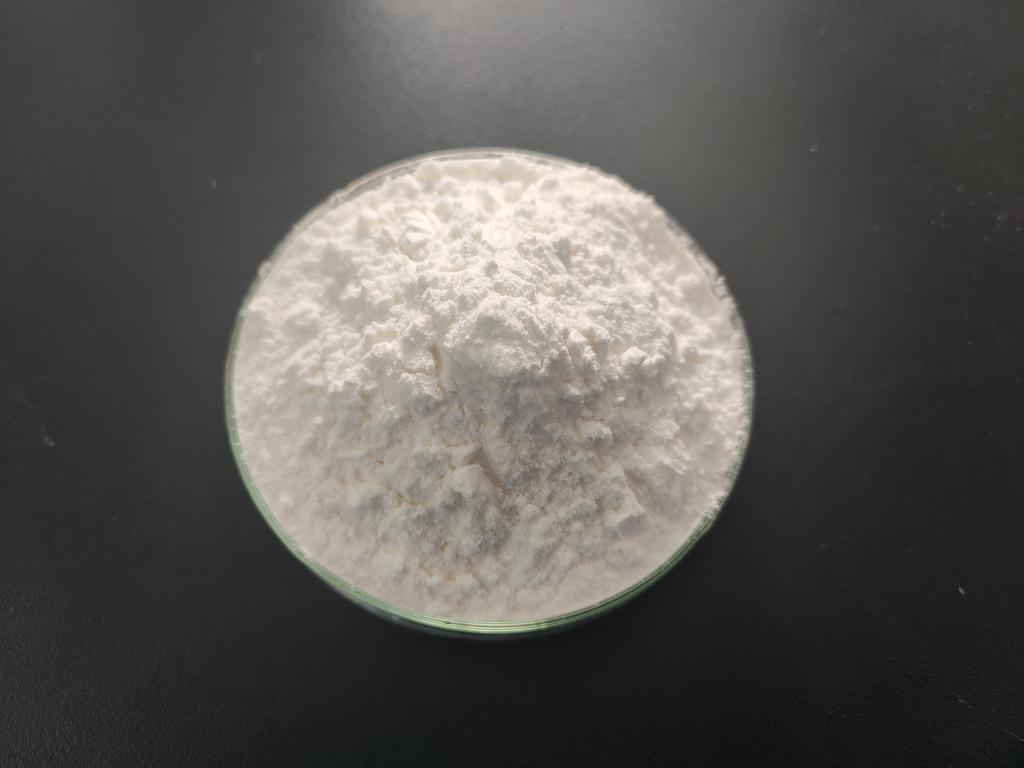Tel:+8618231198596

News
 CONTACT
CONTACT
 CONTACT
CONTACT
- Linkman:Linda Yao
- Tel: +8618231198596
- Email:linda.yao@dcpharma.cn
- Linkman:CHARLES.WANG
- Department:Overseas
- Tel: 0086 0311-85537378 0086 0311-85539701
News
Current Position:
Home >
News
>ε-Polylysine Hydrochloride in the Race Against Antimicrobial Resistance
ε-Polylysine Hydrochloride in the Race Against Antimicrobial Resistance
TIME:2024-02-01
I. Understanding Antimicrobial Resistance:
The Global Challenge:
Antimicrobial resistance occurs when microorganisms evolve and develop resistance to the drugs designed to eliminate them. This phenomenon affects bacteria, viruses, parasites, and fungi, compromising the effectiveness of existing treatments.
Health and Economic Implications:
AMR poses severe threats to human health, leading to prolonged illnesses, increased mortality, and a higher risk of the spread of infections. The economic burden of AMR is substantial, with rising healthcare costs and potential disruptions to agriculture and food production.
II. The Rise of ε-Polylysine Hydrochloride:
Origin and Properties:
ε-Polylysine is a natural antimicrobial peptide produced by certain strains of bacteria. The hydrochloride salt form of ε-polylysine is water-soluble, enhancing its applicability in various industries, including food preservation, cosmetics, and pharmaceuticals.
Antimicrobial Mechanism:
ε-Polylysine hydrochloride exhibits antimicrobial activity by disrupting the cell membranes of bacteria and other microorganisms. This unique mechanism makes it effective against a broad spectrum of pathogens, including those resistant to traditional antibiotics.
III. Applications in Food Preservation:
Natural Food Preservative:
One of the notable applications of ε-polylysine hydrochloride is its use as a natural food preservative. Its antimicrobial properties help extend the shelf life of food products, reducing the need for synthetic preservatives and additives.
Combatting Foodborne Pathogens:
The ability of ε-polylysine hydrochloride to inhibit the growth of various foodborne pathogens makes it a valuable tool in ensuring the safety of food products. This is particularly crucial in an era where food safety and security are paramount concerns.
IV. Medical Applications:
Potential in Antibacterial Formulations:
Researchers are exploring the incorporation of ε-polylysine hydrochloride in antibacterial formulations. Its effectiveness against drug-resistant bacteria positions it as a potential candidate for the development of novel antibiotics.
Wound Healing and Infection Prevention:
The antimicrobial properties of ε-polylysine hydrochloride make it suitable for applications in wound healing and infection prevention. Its non-toxic nature is advantageous for medical use, offering a potential alternative to conventional antimicrobial agents.
V. Agricultural and Veterinary Applications:
Addressing Antimicrobial Use in Agriculture:
The overuse of antibiotics in agriculture contributes to the rise of antimicrobial resistance. ε-Polylysine hydrochloride presents a sustainable alternative for controlling bacterial infections in crops and livestock, minimizing the impact on AMR.
Animal Feed Additive:
Incorporating ε-polylysine hydrochloride as an additive in animal feed can contribute to the prevention of bacterial infections in livestock. This not only promotes animal health but also addresses concerns related to the transfer of antibiotic residues into the food chain.
VI. Challenges and Considerations:
Research and Development Needs:
Further research is needed to explore the full potential of ε-polylysine hydrochloride, including its efficacy against a wider range of microorganisms and its mechanisms of action.
Regulatory Approval and Standardization:
The regulatory landscape for novel antimicrobial agents requires careful consideration. Obtaining regulatory approval and establishing standardized guidelines for the use of ε-polylysine hydrochloride in different applications are essential steps in its broader adoption.
VII. Environmental Impact:
Biodegradability:
The biodegradable nature of ε-polylysine hydrochloride is advantageous in minimizing its environmental impact. Its breakdown into non-toxic components aligns with sustainability goals.
Ecological Considerations:
Studying the ecological impact of ε-polylysine hydrochloride, including its interaction with non-target organisms and ecosystems, is crucial for assessing its overall environmental compatibility.
VIII. Future Perspectives:
Synergies with Existing Treatments:
Exploring potential synergies between ε-polylysine hydrochloride and existing treatments may lead to innovative therapeutic approaches that combat antimicrobial resistance more effectively.
Interdisciplinary Collaboration:
Addressing antimicrobial resistance requires collaboration across disciplines, including microbiology, pharmacology, agriculture, and environmental science. Interdisciplinary efforts can facilitate a holistic approach to this global challenge.
IX. Conclusion:
ε-Polylysine hydrochloride emerges as a promising contender in the race against antimicrobial resistance. From its applications in food preservation to its potential role in medical and agricultural fields, ε-polylysine hydrochloride offers a multifaceted solution. While challenges remain, ongoing research and responsible implementation can unlock the full potential of this natural antimicrobial peptide, contributing to the global efforts to combat antimicrobial resistance and secure a healthier future for humanity.
- Tel:+8618231198596
- Whatsapp:18231198596
- Chat With Skype







